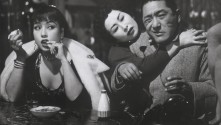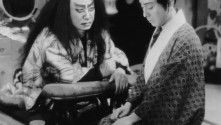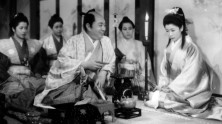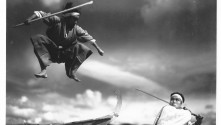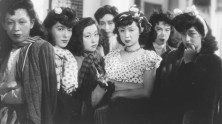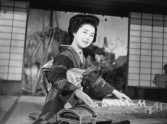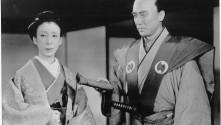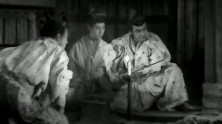
The 47 Ronin, Parts I & II
(Genroku Chushingura)
With Chojuro Kawarasaki, Yoshizaburo Arashi, Utaemon Ichikawa.
Japan, 1941, 35mm, black & white, 241 min.
Japanese with English subtitles.
Among Mizoguchi’s most enigmatic and formally brilliant films, The 47 Ronin is an austere and bracing adaptation of the legendary—and, for the Japanese military government, talismanic—tale of the retainers to an 18th century lord who patiently wait for years to avenge a impetuous breach in protocol that forces their master to commit seppuku and transforms them into drifting ronin destined to die by their own swords after their final task is done. Despite the obvious pressures placed on the myth of bushido, or the samurai code, during the war years, Mizoguchi’s contribution to the chusingura (as the long tradition of retelling the ronin’s tale is known) is notably sober and restrained, with Mizoguchi largely avoiding violence or battle scenes to focus instead on the ronin’s extreme patience, using the epic length of the film’s three-and-a-half hours to make real the tense waiting time which the group endures in order to fulfill their duty. With its careful avoidance of close-ups and its precision choreography action within Mizoguchi’s meticulously accurate period sets, The 47 Ronin radically abstracts the imperturbable warriors as figures held at bay by the film’s rigorous long shots. A box office failure in Japan, where its first part was released shortly after the attack on Pearl Harbor, the ideology of Mizoguchi’s brilliant formalist distillation of the ronins’ tale is still the subject of active debate.





